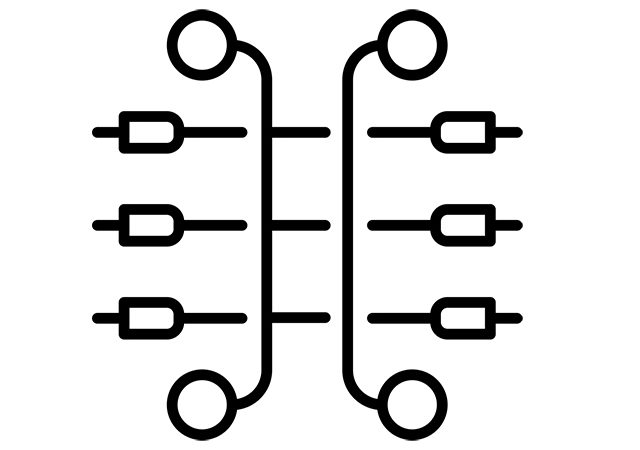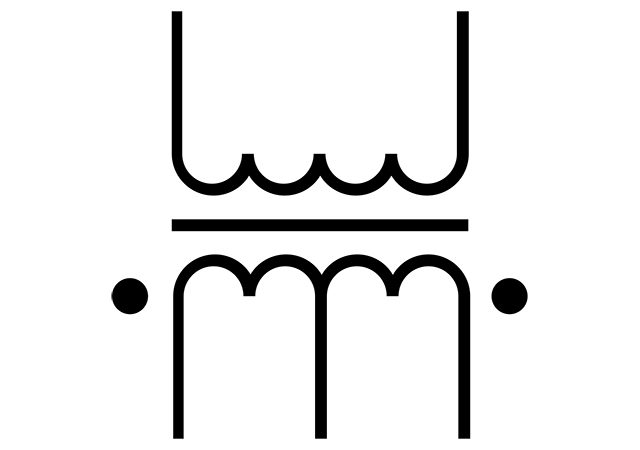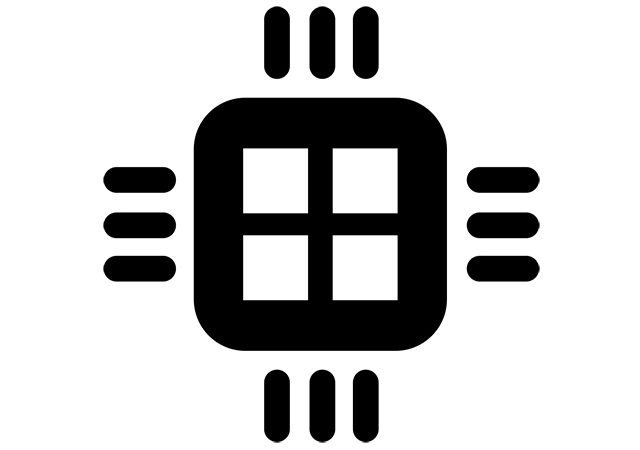This post answers the question "How does surge suppression work?". When an engineer wants to provide the highest level of safety and reliability of your…
Category: Advanced Circuit Analysis
Advanced Circuit Analysis: Preface
Aim of the study element
To teach students to characterise non-linear circuit and use sinusoidal analysis, to understand transition processes, apply nodal analysis and conduct variable current circuit investigation or design.
Learning outcome
Having successfully completed this element you will be able to:
- Successfully analyse non–linear circuits of constant and variable currents.
- Analyse and design magnetic circuits, to understand the impact of magnetic components, and make calculations of their parameters.
- Use already known basics about circuits from the first module to create complex circuits with magnetic and non–linear effects.
- Analyse and characterise transient responses of a circuit with complex mathematical tools.
- Understand functions of the circuit components like filters, transformers and others.
- Measure and calculate circuit properties and characteristics.
Covered topics
- Non–linear DC electric circuits.
- Magnetic circuits.
- Non–linear AC electric circuits.
- Transient processes in non–linear electric circuits.
- Electric circuits with variable parameters.
- Sinusoidal and network analysis.
- Two-point networks.
- Complex frequency.
BJT definition and characteristics
BJT transistor is a three terminal semiconductor device, based on three layers of p and n layers, with different doping concentration. BJT transistor can…
Single-phase circuits. Sine-wave signals.
Sine-wave signals In this post we will learn about AC circuits, magnetic circuits and transient processes in these systems, and other aspects of complex…
Complex conductance. Active and reactive power
Complex conductance Y is the value, reverse to the complex resistance Z, where Y=1Z=ye-jφ. Complex conductance is measured with Siemens (1Ohm), Y=1R+jX=R-jXR2+X2=RR2+X2-j XR2+X2. Ohm Law’s using the conductivity…
Two-terminal networks in the AC circuit
Let's consider a passive two-terminal network, connected to the input source E. The input resistance in this case is Zin=EI, Zin=Rin+jXin, the input conductance is Yin=1Zin. If the Xin<0, then…
Equivalent two-terminal network
Equivalent two-terminal transformations are transformations that lead to the simplification of complex two-terminal networks with the smallest amount of L, C and R elements. These equivalent networks…
Magnetically related networks – transformers
Often networks contain magnetic elements, for example coils, that can create magnetic induction in the other close placed coils, generating the self-induction EMF. Let's…
Four-terminal networks
Four-terminal network is an abstract element of an electrical circuit, having four terminals - two-input and two-output. The four-terminal network is depicted below. If…
Electronic filter
Electronic filters are four-terminal devices that serve to transfer electrical current between the source and load in a certain frequency range. The transparency range…
Three-phase circuits
Three-phase circuits of voltage supplies are the three connected voltage supplies, with the same magnitude of amplitude and frequency, but shifted to 120 grad.…











